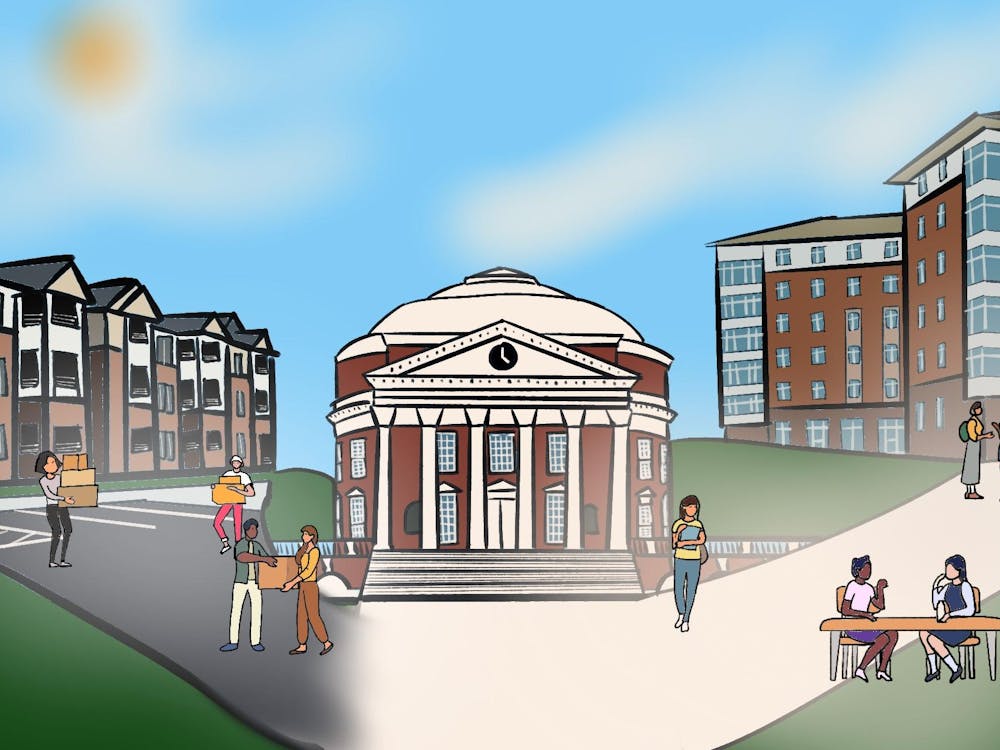Two weeks ago, the University released the results of an internal study. Its conclusion: female professors at the University are paid, on average, 2.7 percent less than their male colleagues (equating to about $3,600). For associate professors, the study finds, the gap is closer to five percent.
Despite the prohibition of pay discrimination on the basis of sex under the Equal Pay Act of 1963 and numerous policies aimed at promoting pay equity since then, the gender pay gap remains as stubborn as ever. Though the overall gender pay gap has narrowed over the years, the latest research shows that women still receive only 77 to 84 cents for every dollar a man makes. The field of higher education has seen limited improvement as well. Data released by the American Association of University Professors since 1976 has revealed that the overall average salary for female faculty has barely budged past 80 percent of male faculty’s average salary.
Despite this frustrating reality, it has become somewhat commonplace on college and university campuses to conceal evidence of disparities in overall average salaries between men and women. As the University strives for progress on the issue of pay equity, it should make a point of not sweeping the pay gap under the rug. It should be wary, additionally, of those who resort to explaining away differences in employment outcomes as the result of “choices” that women make. To suggest women choose the less remunerative option implies that all career options are equally open to them, when the reality is somewhat more muddled. Moreover, even women employed full time in an academic profession are consistently subject to unfair societal expectations, including the biased presumption that they should assume the role of performing the unpaid work of maintaining a home. In such cases, these assumptions limit what job opportunities are realistically achievable.
The rhetoric of “choice” deliberately misrepresents the true range of constraints that women face in the workplace, whether material or cultural. Arguably, the most persistent of these limitations has been the lack of public policies that provide sufficient support for caregiving. Indeed, despite its global stature, the United States remains one of only four countries without paid maternity leave; the other three: Swaziland, Lesotho, and Papua New Guinea. To a certain extent, the pay gap persists due to governmental inaction.
Despite efforts to explain the gender pay gap by citing demographic characteristics, disciplinary affiliations, or institutional attributes, a significant portion of the pay gap remains unexplained. Indeed, in the case of the University’s internal study, faculty members were compared with most of their characteristics controlled (“apples to apples”, as it were); yet an unexplained salary disparity was found nonetheless. The internal study highlights a frustrating, yet crucial truth: that after controlling for rank, experience and academic discipline, women faculty still earn less than their male counterparts.
Admittedly, the scale of the gender pay gap at the University appears to be quite small when compared to the broader market. In practice, however, no matter what the difference in wages may be, the very presence of the pay gap belies systemic inequity. Though women faculty members at the University may not face as many constraints as women in the broader workplace — due to a meaningful effort on the University’s part to promote gender equality — they nonetheless live within a culture that has inadvertently generated an inherently biased system of payment. The presence of an unexplained pay gap should be a cause for concern in the University community. As long as any gap exists, it stands as a sign of systemic injustice, one that the University should make a priority of eliminating.
Perhaps more importantly, this study may demonstrate that a certain amount of unintended prejudice remains embedded within the higher education system. It would be unwise to make a causal claim at this point, for the disparity could be caused by a combination of many other factors. For the moment, however, we must seriously consider the possibility that prejudice may still play a limited role. The process of equalizing wages should involve an examination of potential sources of discrimination and the formulation of systemic reforms meant to ensure the avoidance of biased considerations that may currently go unnoticed. That being said, the structures and behaviors that generate inequities are far more nuanced and hidden than open discrimination.
In an effort to decrease potential biases within its payment system, the University should consider adopting more standardized methods of determining initial salaries, pay increases and promotion procedures, as well as making those processes more accessible to the public. As long as a sufficient amount of administrative discretion exists, payment inequities will remain an issue. In addition, it may be prudent to increase the frequency of internal studies on pay equity in order to increase administrative accountability. At this critical juncture, the movement for pay equity requires re-invigoration if its goal is to be achieved.
Conor Kelly is an Opinion Columnist for The Cavalier Daily. He can be reached at c.kelly@cavalierdaily.com.






